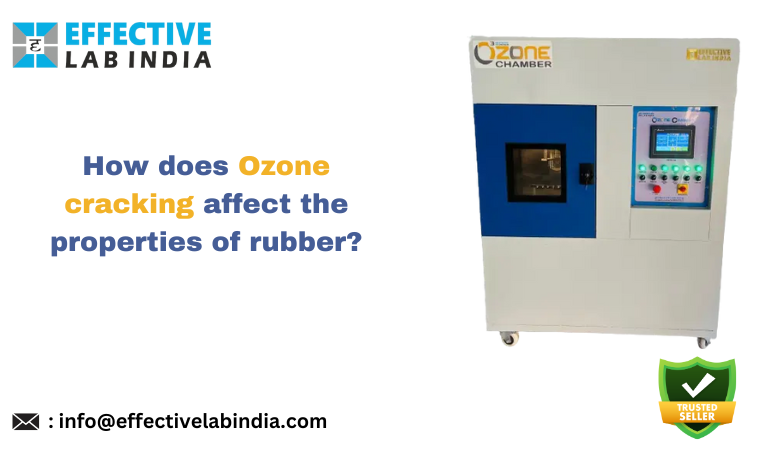When rubber is exposed to different environmental conditions, its properties are changed. The thing that affects the rubber is ozone gas. When the rubber products are exposed to extensive ozone, the surface of the products may face cracks. These cracks appear on the right-angle orientation. As a result, the circumference of the products is badly damaged. For example, a rubber material is being used in fuel pipes, then due to the cracks the pipes may leak and as a result, fire can erupt.
It is noticeable that ozone fractures occur in the product’s sensitive zone, which is in a pivotal location. Also, the resistance of rubber polymers to ozone varies throughout types. It has been discovered that, in small quantities, the air around us contains ozone. However, with time, the presence of ozone gradually deteriorates the rubber which causes cracks or elongations in the rubber products and as a result, the products get damaged.
However, the applications of rubber are determined by its resistance to ozone cracking. such as gaskets, O-rings, automobile door seals, and many others. Also, the ASTM has released different testing standards to evaluate the performance of rubber in the presence of ozone. ASTM D1171 criteria are adhered to for evaluating rubber deterioration, surface ozone cracking outside, or ozone chambers. This allows the testing to be done at a preset rating or pass/fail standard. The purpose of this test process is to monitor the rate at which surface cracks are growing. In this standard process, the sample to be tested is placed in an ozone concentration of 50 ppm for almost 72 hours. For evaluating the crack developments, a process is used which is known as the magnification process.
However, the following factors are used to allow the grading of rubber samples.
- Comparison with the predetermined parameters.
- Quantity of cracks that appeared under double magnification.
- Ratings are determined by the behaviour of the sample under the period of 24, 48 or 72 hours.
Now the question arises in your mind is how to conduct this ozone test.
So the answer to your question is very simple.
You can conduct the ozone test in the ozone chamber. This Ozone test chamber helps to evaluate the performance of rubber under different conditions. This test chamber is perfect for an ozone test because it contains a glass window to peep inside the chamber.

